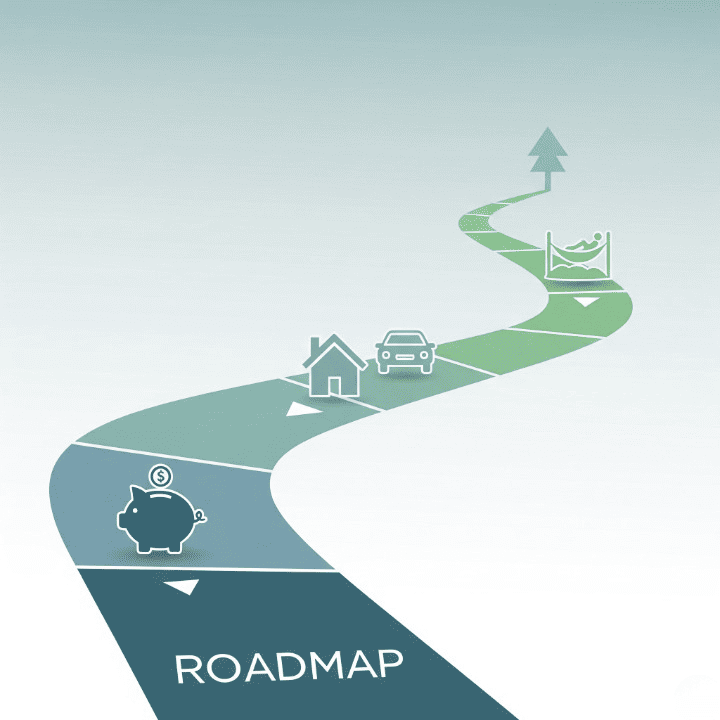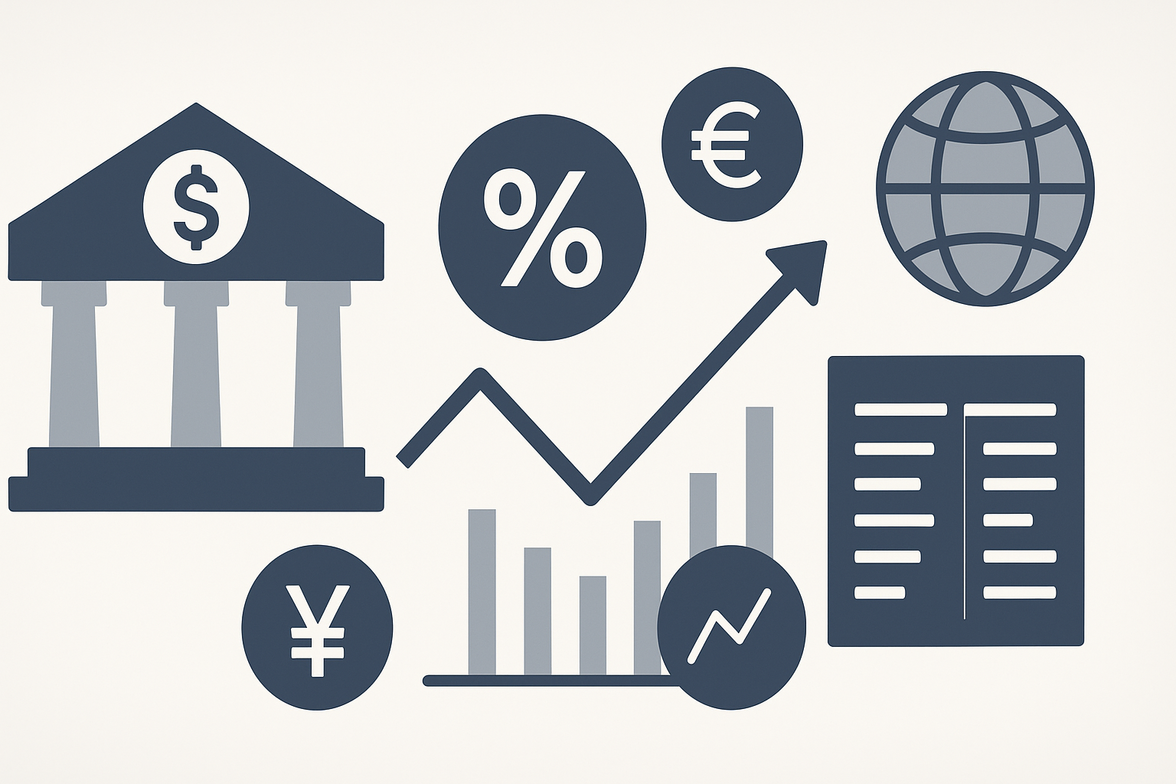
Introduction
Many people think of financial planning as something only the wealthy need. They imagine complex spreadsheets, jargon-filled meetings, and a level of money management that seems out of reach. The truth is, a personal financial plan is simply a roadmap. It’s a tool that helps you understand where you are now, where you want to go, and how to get there. Whether you’re a recent graduate, a young family, or nearing retirement, having a clear plan can reduce stress, increase your financial security, and help you achieve your most important goals. Without a plan, you might find yourself drifting from one financial decision to the next without a sense of direction. This comprehensive guide will demystify the process of creating a personal financial plan, breaking it down into a series of clear, manageable steps. By the time you’re done, you’ll have the knowledge to build your own roadmap to financial freedom.
Step 1: Assess Your Current Financial Situation
Before you can create a plan, you need to understand your starting point. This is the foundation of everything that follows. Take the time to gather all your financial information in one place.
- Calculate Your Net Worth: Your net worth is a snapshot of your financial health. It’s the total value of your assets (what you own) minus your liabilities (what you owe). Assets include things like your savings, investments, and home equity. Liabilities include debts like mortgages, student loans, and credit card balances.
- Review Your Income and Expenses: This is an essential step for building a budget. Track every dollar you earn and spend for at least one month. This will give you a clear picture of your cash flow and show you where your money is actually going.
- Check Your Credit Report and Score: Your credit score is a key indicator of your financial health. A good score can save you thousands of dollars in interest over your lifetime. Get a free copy of your credit report from each of the three major bureaus to check for errors and see where you stand.
Step 2: Define Your Financial Goals
A financial plan is useless without goals. Your goals give your money a purpose. Think about both your short-term and long-term objectives.
- Short-Term Goals (1-3 years): These are goals like building a robust emergency fund, paying off a credit card, or saving for a vacation. They provide motivation and immediate wins.
- Mid-Term Goals (3-10 years): This could include saving for a down payment on a home, paying off a student loan, or saving for a child’s college education.
- Long-Term Goals (10+ years): This is where you focus on retirement savings. This is your most important long-term goal.
Your goals should be S.M.A.R.T.: Specific, Measurable, Achievable, Relevant, and Time-bound. A goal like “I will save $15,000 for a down payment in 3 years” is much more effective than “I want to save for a house.”
Step 3: Build a Practical and Sustainable Budget
A budget is the cornerstone of your financial plan. It’s a tool that helps you align your spending with your goals. The goal isn’t to restrict yourself, but to make conscious choices about your money.
- The 50/30/20 Rule: This is a popular and simple budgeting method. Allocate 50% of your after-tax income to needs (housing, groceries), 30% to wants (hobbies, dining out), and 20% to savings and debt repayment.
- Zero-Based Budgeting: With this method, you give every dollar a job. Your income minus your expenses should equal zero. This includes allocating money to savings and investments.
- Automate Everything: The easiest way to stick to a budget is to automate it. Set up automatic transfers to your savings and investment accounts on payday. Automate bill payments to ensure you never miss a due date.
Step 4: Create a Debt Management Plan
High-interest debt can be a major roadblock to achieving your financial goals. It’s often the single best investment you can make to pay it off.
- Prioritize High-Interest Debt: Use the debt avalanche method to pay off the debt with the highest interest rate first. This saves you the most money over time.
- Avoid New Debt: Make a commitment to not take on new high-interest debt.
- Consolidate or Refinance: Consider consolidating your debt into a single, lower-interest loan.
Step 5: Implement Your Investing Strategy
Once your high-interest debt is under control and your emergency fund is in place, you can start building wealth through investing.
- Choose Your Accounts: Maximize tax-advantaged accounts first. This means your employer’s 401(k) (especially to get the match) and an IRA. These accounts offer significant tax benefits that can accelerate your wealth.
- Diversify: Don’t put all your eggs in one basket. Diversification is key to managing risk. Invest in a broad mix of assets, such as stocks, bonds, and real estate, and across different industries and geographies. A low-cost, diversified ETF or index mutual fund is an excellent way to get started.
- Think Long-Term: The most successful investors focus on time in the market, not timing the market. A long-term perspective and a disciplined approach will help you navigate market volatility and benefit from the power of compound interest.
Step 6: Protect Yourself with the Right Insurance
A single, unexpected event can derail even the best financial plan. Insurance is your shield against major risks.
- Health Insurance: This is non-negotiable. It protects you from catastrophic medical bills.
- Life Insurance: If you have people who depend on you financially, life insurance is essential.
- Disability Insurance: This protects your most valuable asset: your ability to earn an income.
- Home/Auto Insurance: These protect your property and liability.
Conclusion
A personal financial plan is more than just a document; it’s a living guide for your financial life. By taking a step-by-step approach—from assessing your current situation and setting clear goals to building a budget and implementing a smart investment strategy—you can build a powerful roadmap to financial freedom. The journey may have challenges, but every step you take brings you closer to a more secure and prosperous future. Take control of your finances today. The feeling of confidence and peace of mind that comes from having a plan is an incredible reward. Your future self will thank you for taking the time to build your financial roadmap.



